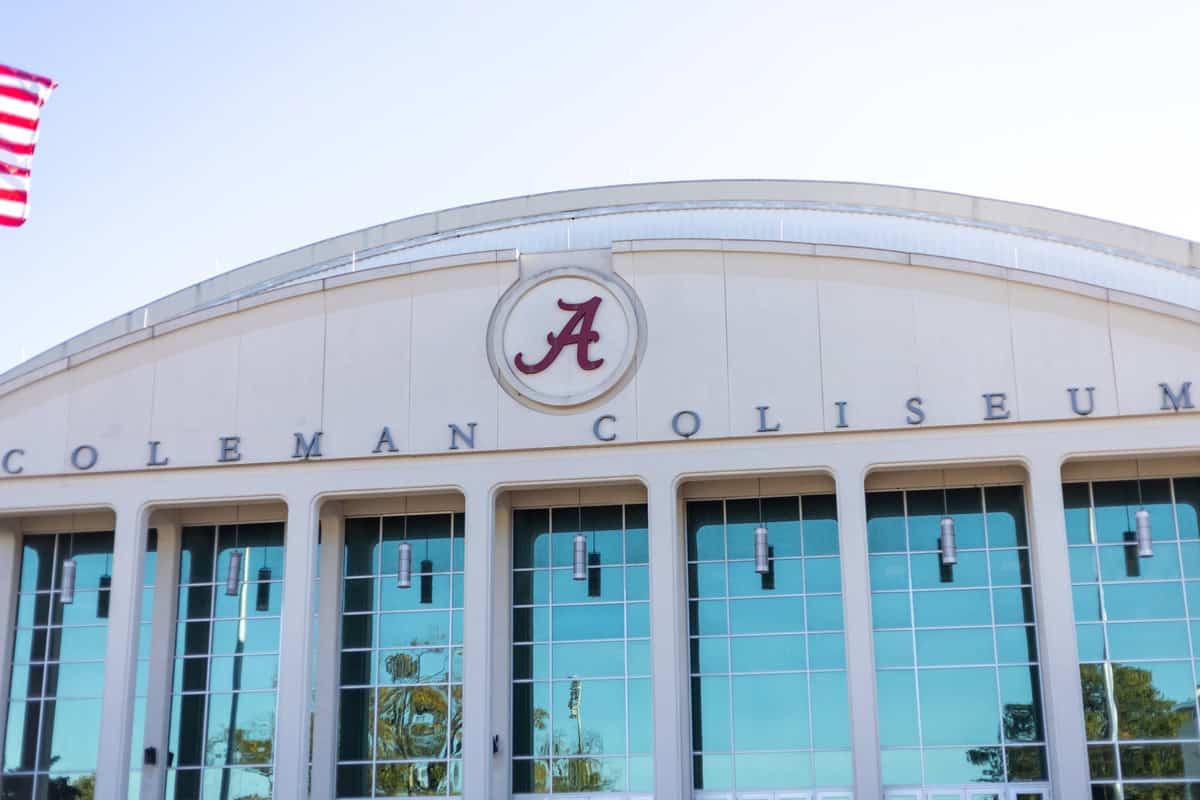At The University of Alabama, plans for a new arena are stirring excitement among students, faculty and University stakeholders alike. Yet, amid the intensity of construction, one critical aspect remains undervalued: the opportunity to make this arena a beacon of environmental responsibility.
As the University is going through the process of building the new arena, it is imperative for Alabama to prioritize eco-friendly features in the construction of the new arena.
Building an arena is not merely about erecting walls and laying foundations; it is about making conscientious choices that will shape our environmental legacy. As the Capstone prepares to break ground, it must prioritize sustainable construction practices.
Embracing sustainability in the construction and utilization of this new arena could not only redefine the campus landscape but also set a precedent for sustainable development in collegiate sports arenas nationwide.
But constructing a sustainable arena is just the beginning; maintaining its environmental integrity requires ongoing commitment. Energy-efficient lighting, water-saving fixtures and waste-reduction strategies are just a few measures that can be implemented to ensure the arena operates in harmony with its surroundings.
In Washington, the idea of a sustainable arena became reality. Seattle made history by having the first ever net-zero-carbon-certified arena in the world. Climate Pledge Arena is home to the Seattle Kraken of the NHL.
The arena took its name not from a corporation, but from the Climate Pledge movement founded by Amazon and Global Optimism in 2019. The movement started in hopes for companies to commit to becoming net-zero carbon by 2040.
International Living Future Institute CEO Lindsay Baker explained in a press release how the arena works to ensure the safety of the environment.
“Our Zero Carbon Certification recognizes highly energy efficient buildings that are designed and operated to fully account for their carbon emissions impacts,” Baker said. “All operational energy use must be offset by new on- or off-site renewable energy and all embodied carbon emissions associated with construction and materials must be disclosed and offset. This is a significant undertaking, especially for as large and complex a project as Climate Pledge Arena. We are thrilled to see the arena become the first arena to achieve this.”
Given the context of the University’s environmental preservation commitment, it is imperative that this dedication be showcased through concrete measures implemented during its arena’s construction.
“I’m not sure the University has any concrete sustainability goals that they are pursuing,” said Megan Neville, the president of the UA Environmental Council. “Everything I’ve ever seen is very vague in that regard.”
In discussions surrounding the construction of Alabama’s new arena, sustainability emerges as a central theme, echoing the growing global imperative for eco-conscious development. UA professor Yunyang Ye, a leading voice in environmental engineering, emphasizes the multifaceted approach required for true environmental stewardship.
“When discussing the construction of grain buildings, resilience becomes a significant concern as well.” Ye said. “Therefore, it’s essential that we prioritize enhancing local resilience. This implies that our initial infrastructure efforts should focus on sourcing clean materials that inherently provide sufficient durability for the buildings to withstand various challenges, additionally, we should aim to optimize resource utilization, such as incorporating solar panels, into our designs.”
What some do not realize is the effects of the arena’s construction. While the University is always under construction, this build is considered higher impact.
“The new arena will certainly have an environmental impact; however, I think it’s important to keep in mind that UA is constantly in a state of construction for so many different buildings and renovations,” Neville said. “This one [the arena], due to it being so large, will probably have more of an impact.”
Alabama’s new arena has the potential to be more than just a sports arena; it can be a symbol of progress in the fight against climate change. By prioritizing environmental sustainability, the University can send a powerful message to the world: Economic development and ecological preservation are not mutually exclusive.
By embracing green principles, the arena can serve as a model for sustainable development, inspiring other institutions to follow suit and contributing to a healthier, more resilient planet for future generations.















